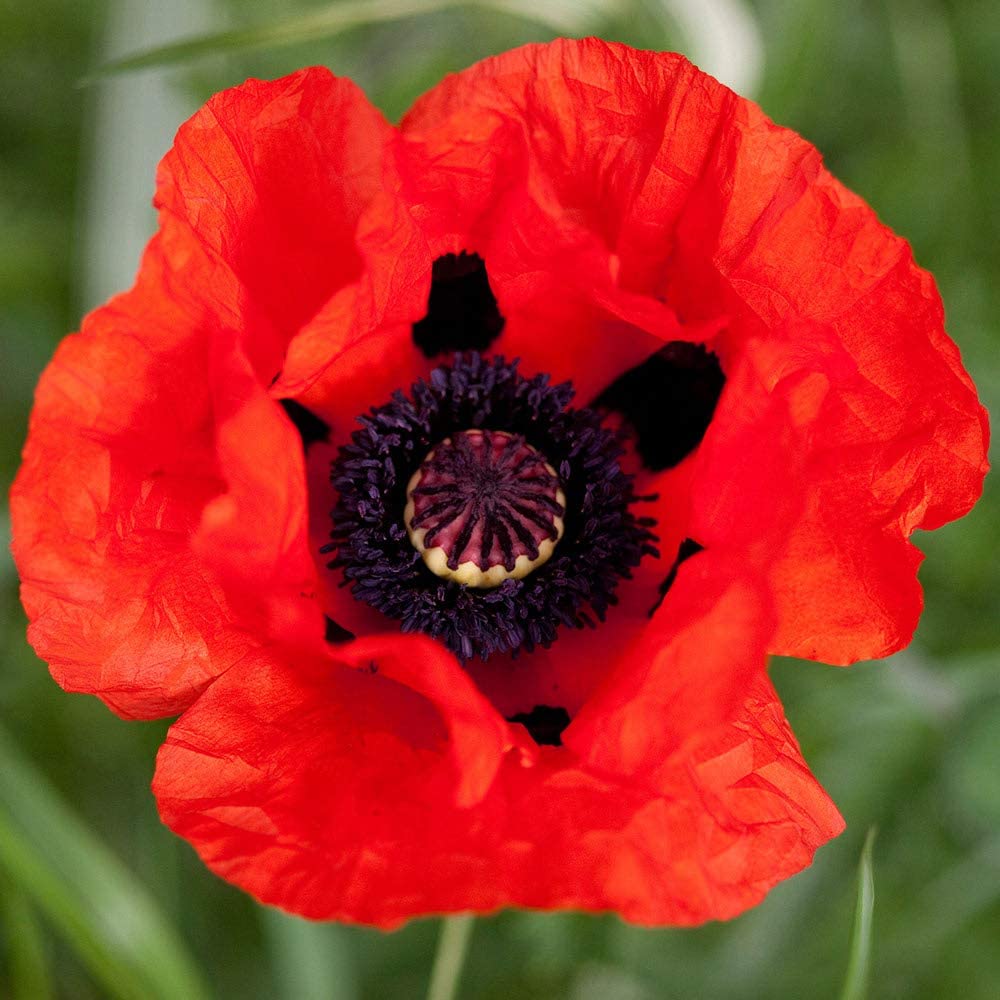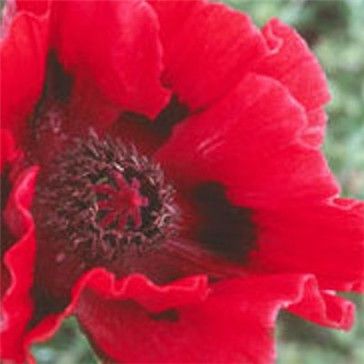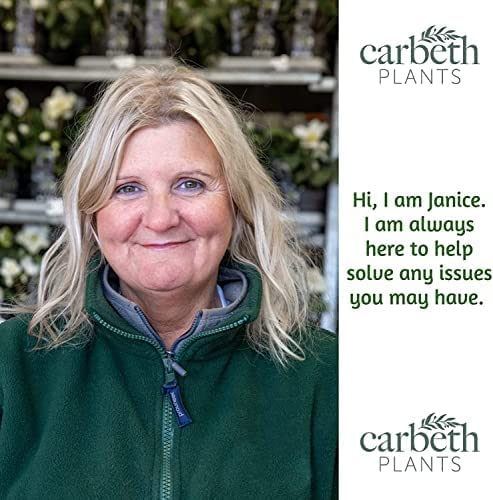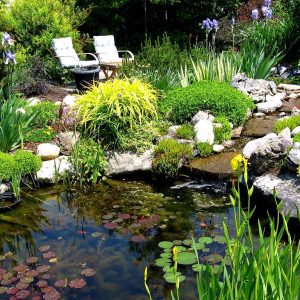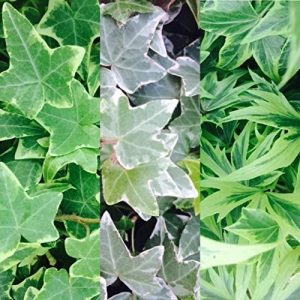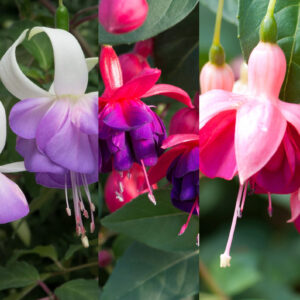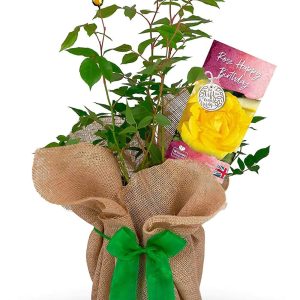Poppy Plant – Bonfire
0 reviews
Papaver Plants Established in a 1 Litre Pot
- GREAT CHOICE - Choose from a mix of stunning varities of ornamental poppy plants in a variety of colours. These will produce the most incredible flowers.
- SUMMER FLOWERS - These gorgeous Oriental poppies will light up your borders in late spring and early summer. They thrive in full sun and are happy in poor, dry soil.
- CREATE TEXTURE - These clump forming perennial plants creating neat rosettes of deeply-cut leaves covered with coarse hairs, bringing fabulous texture to borders before the blooms appear.
- WHAT YOU GET - This listing is for established plants in 1 litre pots making them perfect for planting in the garden straight away.
Out of stock
Enter your email below and we'll contact you when It's back in stock.
-
Eventual Height
1–1.5 metres
-

Pot Size
1 Litre
-
Season of Interest
Flowering in Spring.
-
Light Required
These plants like to bask under the sun, so plant or sow seeds in areas that will receive full sunlight. In hot summer climates, the Field Poppy would benefit from some light afternoon shade.
-
Watering
After the establishment of transplanted plants, or when seedlings have emerged, water needs are relatively low at 1-inch per week. During dry spells or particularly hot days, give a little extra water, but take care not to over-saturate the soil.
-
Best Growing Conditions
Poppies are incredibly hardy and can handle a wide range of environments. To keep your poppy plants happy, you’ll need to perform basic routine maintenance: 1. Water. While poppies can handle drought, watering the soil thoroughly once a week can help the flowers thrive and encourage more blooms. 2. Weed. To prevent other plants from coming in and competing for water and nutrients, keep your poppy bed weed-free. 3. Deadhead. If you want to encourage more blooms in your poppy bed, use a process called “deadheading,” in which you remove old blooms to encourage new growth—when a bloom begins to wilt or fade, trim the flower back to the first leafed stem. However, don’t deadhead every bloom—if you allow some of the flowers to go to seed, they’ll naturally seed the bed for new growth the following season.
